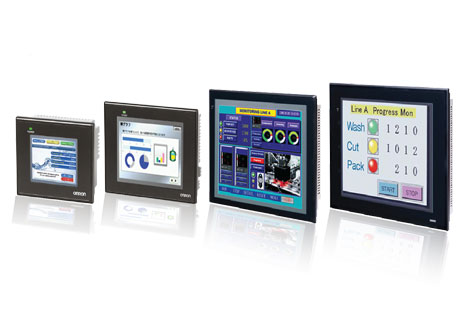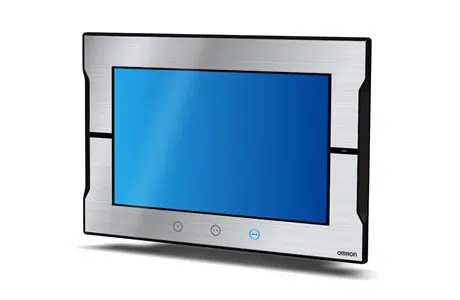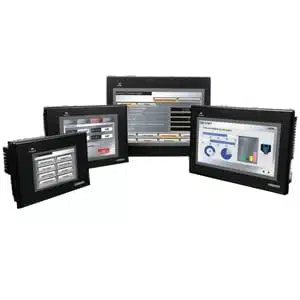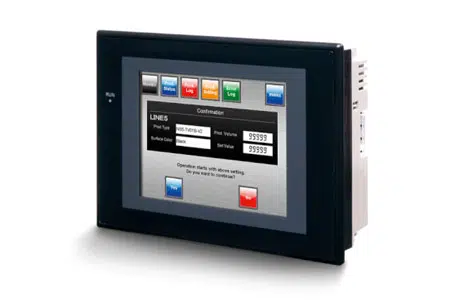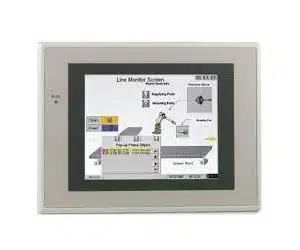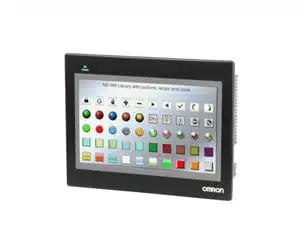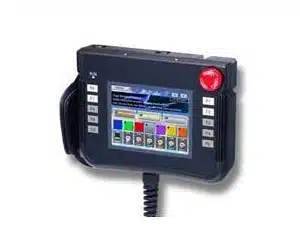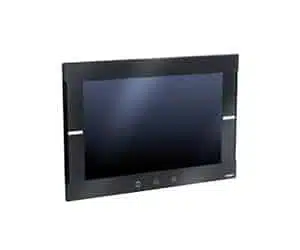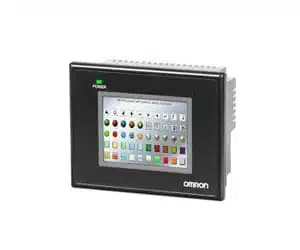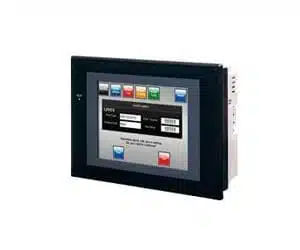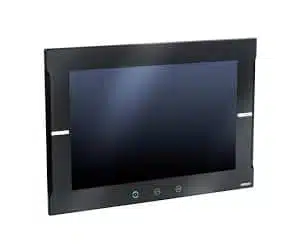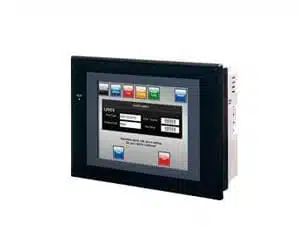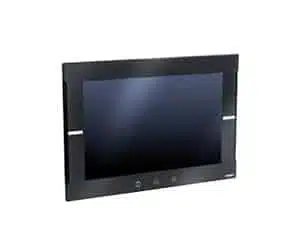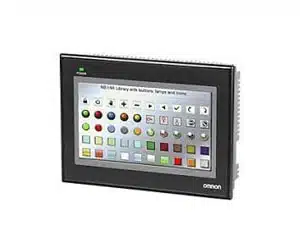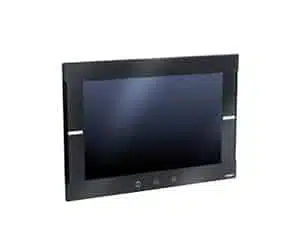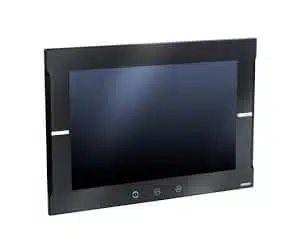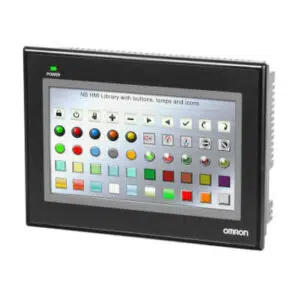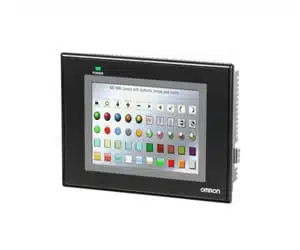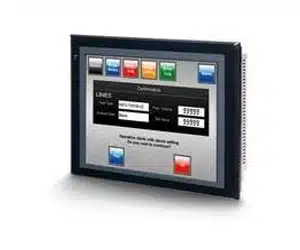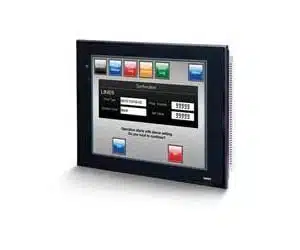Omron HMI: Human Machine Panel Interface
At IndMALL Automation, our commitment is to quality products and unparalleled customer support, ensuring all your Omron HMI needs are catered to. Reach out today for a quotation and invest wisely.
Omron HMI: NA Series
Explore superior industrial automation with the Omron HMI NA Series, boasting widescreen displays, dual Ethernet ports, robust security, and compatibility with Microsoft Visual Basic for optimal functionality and versatility.
NA Series
Omron Human Machine Interface: NB Series
The Omron NB Series offers affordable, flexible HMI solutions with a variety of screen sizes, vibrant TFT LCD displays, durable touchscreens, versatile orientation options, and secure, high-speed communication capabilities.
NB Series
Omron HMI Panel: NS Series
The Omron NS, the smallest HMI panel, offers vibrant TFT touchscreens, USB, and Ethernet capabilities, plus innovative Smart Active Parts for effortless ‘drag and drop’ HMI design and maintenance.
NS Series
Omron HMI delivers an integrated solution for harvesting and analyzing production data from single or multiple points. With secure virtual network computing and multifaceted security options, it facilitates flexible remote access, making it a pivotal tool for global business operations. Offering extensive language support and simplified remote access ensures secure saving and accessing of sampling and historical data. Intuitive operator screens, conventional confirmation checks, and robust security make data collection and analysis straightforward and safe.
The HMI’s accessible animation feature simplifies screen creation while text messaging and in-line filling features enable easy customization of crucial actions. Its future-proof design, machine compatibility, and support for mathematical functions and Ethernet protocols render it a robust tool for factory automation.
IndMALL Automation provides a cost-effective alternative for Omron Human Machine Interfaces, including models like Omron NB7W, NB3Q, NB5Q, and NB10W, available in sizes from 3 to 10 inches (Omron HMI 3, 5, 7, and 10 inch). Our pricing proves more economical than authorized Omron HMI dealers, ensuring affordability without compromising quality.
More Products List
NS8-TV00-V2
NB10W-TW01B
NSH5-SQR10B-V2
NA-7WKBA04
Some Frequently Asked Questions
Why is HMI used?
HMI, or Human-Machine Interface, is important for helping people and machines work together. It makes using machines easier and more efficient for humans.
With an HMI, people can tell machines what to do easily. It provides buttons, screens, and controls that are simple to use.
HMIs also show important information about the machine. They display data like temperature, speed, or pressure on easy-to-read screens.
In factories, an HMI helps workers control big machines safely. It ensures machines work well, and that workers understand what’s happening inside them.
So, HMI is used to make interaction between humans and machines easy. It provides control, shares vital data, and enhances safety and productivity in various settings.
What is the human-machine interface?
Understanding Human-Machine Interface (HMI)
A Human-Machine Interface, or HMI, lets people and machines talk to each other. It’s like a translator between humans and machines, making communication simple and easy.
With HMI, people can tell machines what to do. They use buttons, screens, or keyboards to give instructions to the machine.
Machines use HMI to show messages to people, too. Lights, sounds, or screens tell people what the machine is doing or needs.
In factories, shops, or cars, HMI helps people control machines safely. It ensures machines do what we need, while we understand what they do.
In essence, HMI is a helpful link between humans and machines. It allows them to communicate, ensuring tasks are done accurately and safely.
How does HMI work?
HMI, which stands for Human-Machine Interface, works as a communicator between people and machines. It helps them understand and command each other in a simple way.
For people, HMI provides controls like buttons, touchscreens, or levers. They can use these controls to tell the machine what to do.
When a person uses a control, the HMI sends this as a message to the machine. The machine receives the message and then does what it’s told.
Machines also send messages back through the HMI. They might show lights, numbers, or words on screens to communicate with people.
So, HMI works by providing a two-way communication path. It allows people and machines to send messages back and forth, ensuring clear understanding and actions.
What are the three 3 main types of HMI screens?
HMI, or Human-Machine Interface, screens come in three main types: Touch Screen HMIs, Push Button HMIs, and Multi-touch HMIs. These screens create easy ways for humans to tell machines what to do.
Touch Screen HMIs let people use a single finger to choose options. Users touch symbols or words to send commands to machines.
Push Button HMIs have physical buttons that users press. Each button sends a different command or changes a machine’s settings.
Multi-touch HMIs allow the use of several fingers at once. This enables users to do more complex actions and gives more control options.
In summary, Touch Screen HMIs use single-touch inputs, Push Button HMIs use physical buttons, and Multi-touch HMIs allow multiple simultaneous touches, each providing a unique interaction experience.
IndMALL Automation: Your best source for affordable Omron HMI.

